October 29, 2025
Data Shows Endangered Palau Ground Doves Swiftly Recovering After Successful Palauan Island Conservation Effort
Astounding evidence of recovery on Ulong Island in Palau after just one year!
Published on
April 22, 2019
Written by
anton
Photo credit
anton
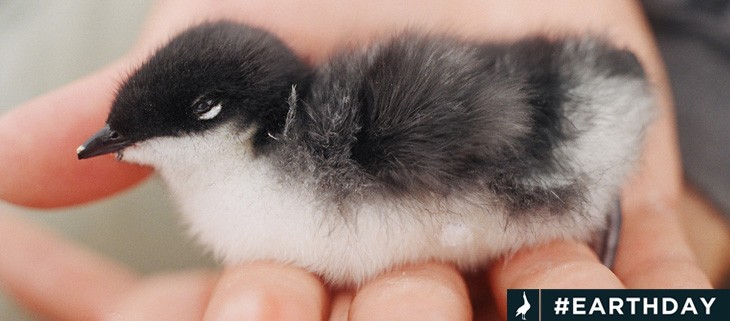
As Earth Day approaches, Island Conservation will share stories of hope and success in conservation.
Only 14 miles off the coast of Ventura, California, lies the three islands that form Anacapa Island. They, in turn, are easternmost islands in the Channel Islands National Park, established in 1978.
Thousands of birds use Anacapa Island as a nesting area because of its natural lack of predators. However, invasive black rats brought to Anacapa in the 1940’s on ships traveling to the islands were causing havoc on the islands—biologists discovered high rates of predation on murrelet eggs and found bird bands outside rat nests, evidence that rats were eating young birds. Researchers found that more than 96% of Scripps’s Murrelet nests on Anacapa were being predated by invasive rats.
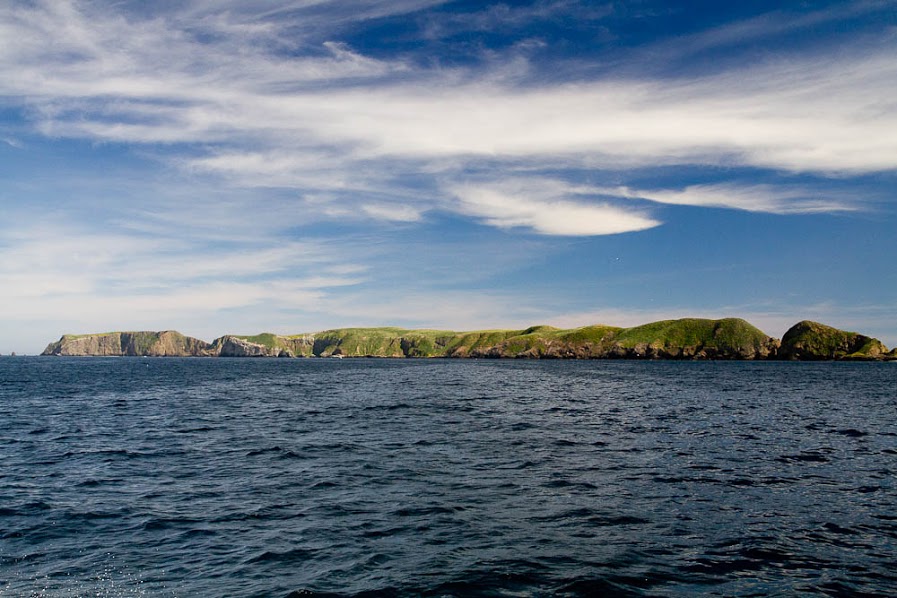
In 2001 and 2002, Island Conservation and its partners removed the rats from Anacapa Island, with subsequent monitoring confirming the rats were completely removed.
The removal of the rats had an almost instantaneous effect.
In the absence of the invasive predators, Scripps’s Murrelets rebounded almost immediately, with continued strong evidence of Murrelet population growth through the expansion of breeding area, increased nest occupancy, and a higher number of eggs laid at one time.
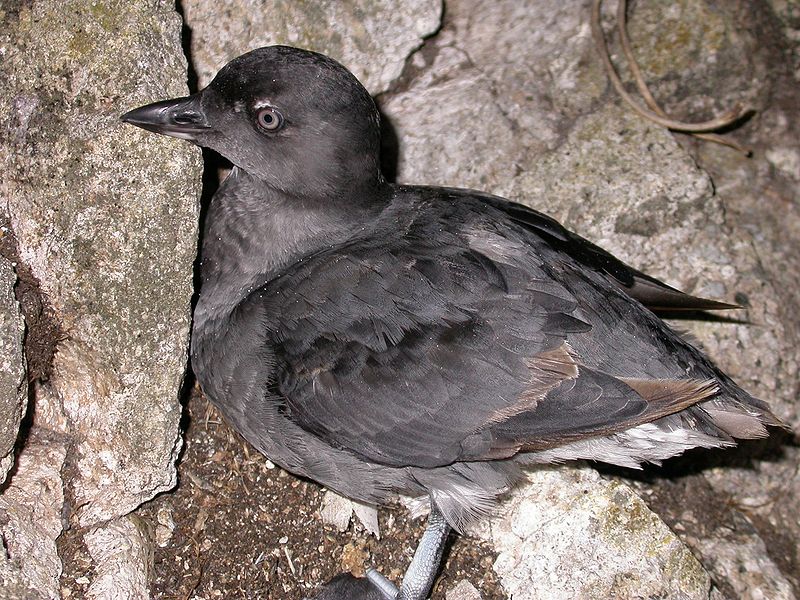
Today, hatching success among the Murrelets is greater than 90%, compared to less than 20% when rats occupied the island. Cassin’s Auklets have also re-colonized the island. In 2011, Endangered Ashy Storm-petrels established nesting sites on the island for the first time ever.
With the island free of invasive rats, the island continues to return to what it once might have been.
Featured photo: A 90% increase in hatchling survival of the Scripps’ Murrelet helps avoid Endangered listing. Credit: Shayne Wolf
Check out other journal entries we think you might be interested in.

October 29, 2025
Astounding evidence of recovery on Ulong Island in Palau after just one year!
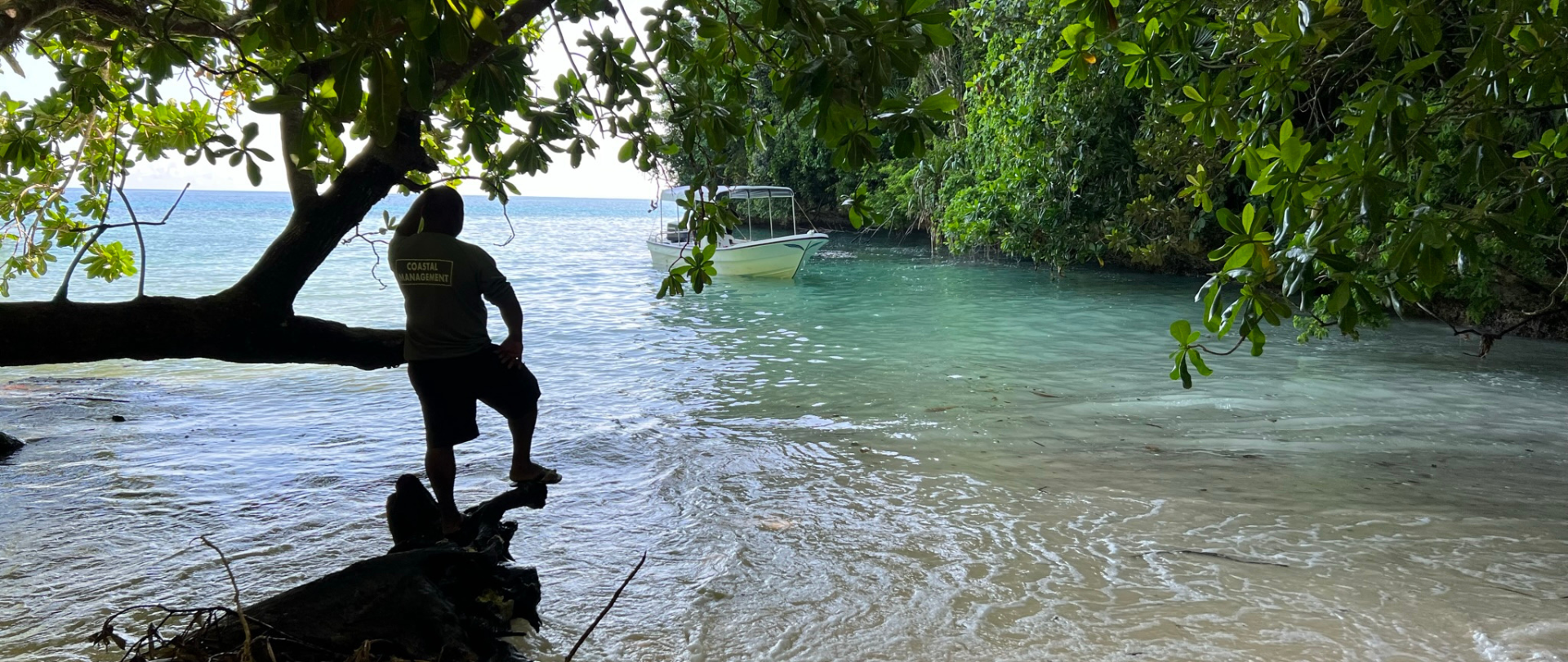
May 19, 2025
Read our position paper on The 3rd United Nations Ocean Conference (UNOC 3) to see why we're attending and what we aim to accomplish!

December 4, 2024
Ann Singeo, founder of our partner organization the Ebiil Society, shares her vision for a thriving Palau and a flourishing world of indigenous science!
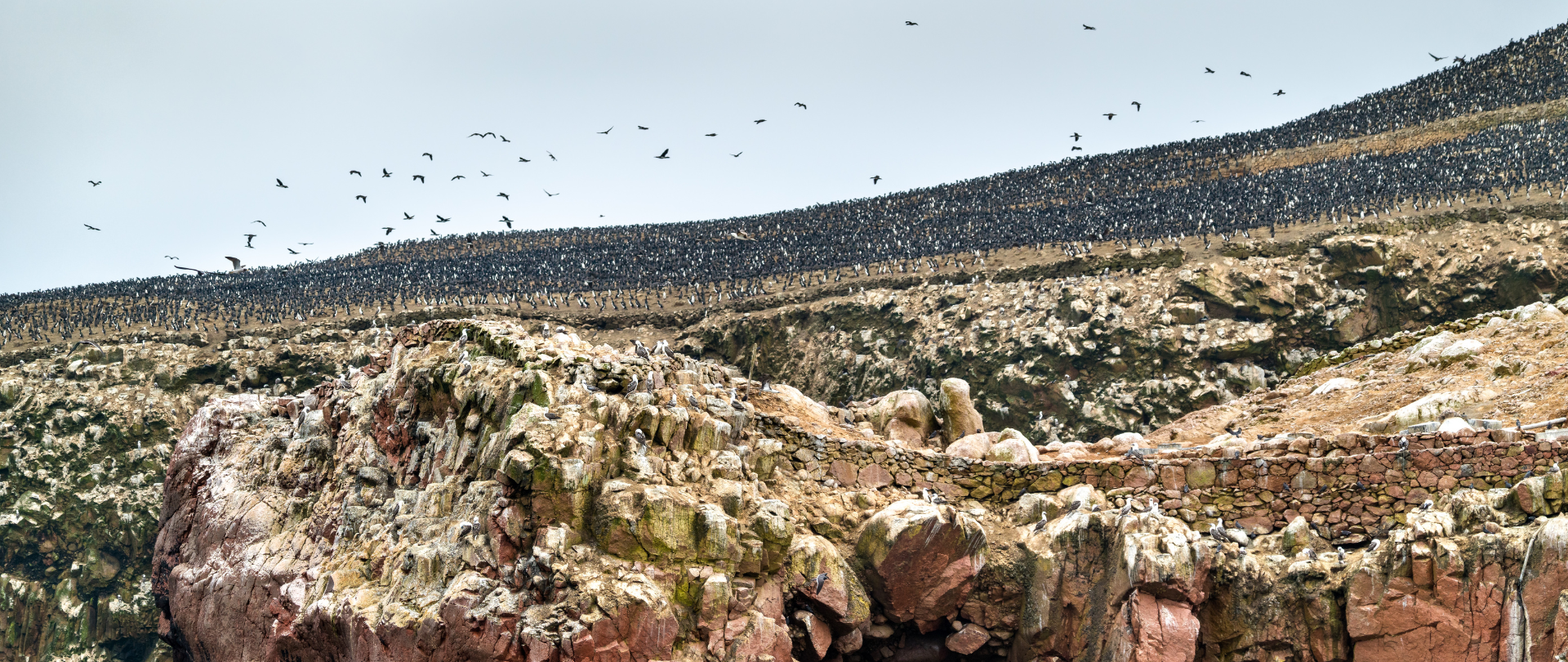
November 22, 2024
This historic agreement aims to protect the marine and coastal areas of the Southeast Pacific.
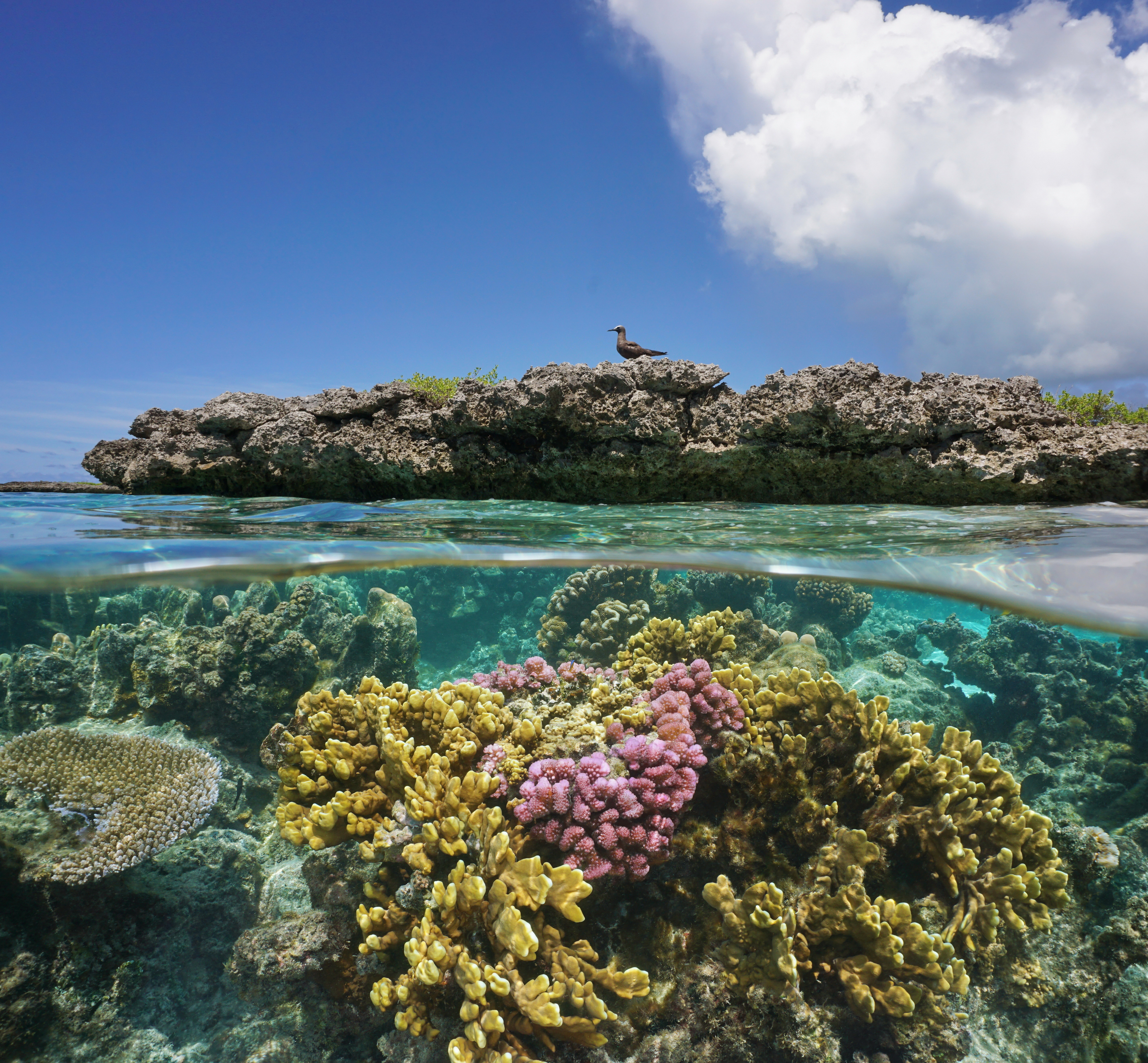
November 18, 2024
Our projects to restore key islets in Nukufetau Atoll forecast climate resilience and community benefits in Tuvalu!
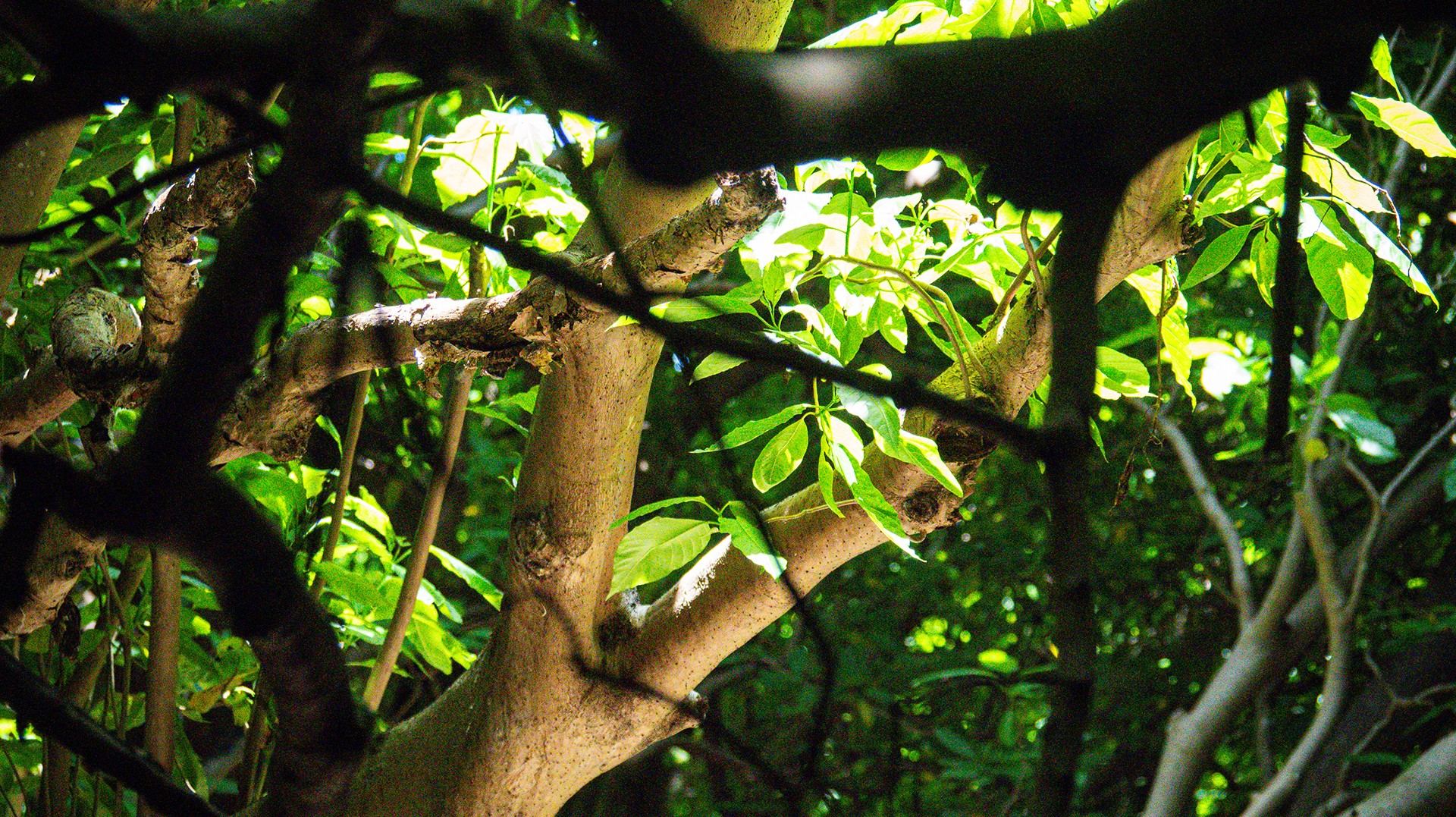
October 3, 2024
Island Conservation and partners have published a new paper quantifying ecosystem resilience on restored islands!

September 10, 2024
Climate Week NYC: what is it and why is it important? Read on to find out why Island Conservation is attending this amazing event!
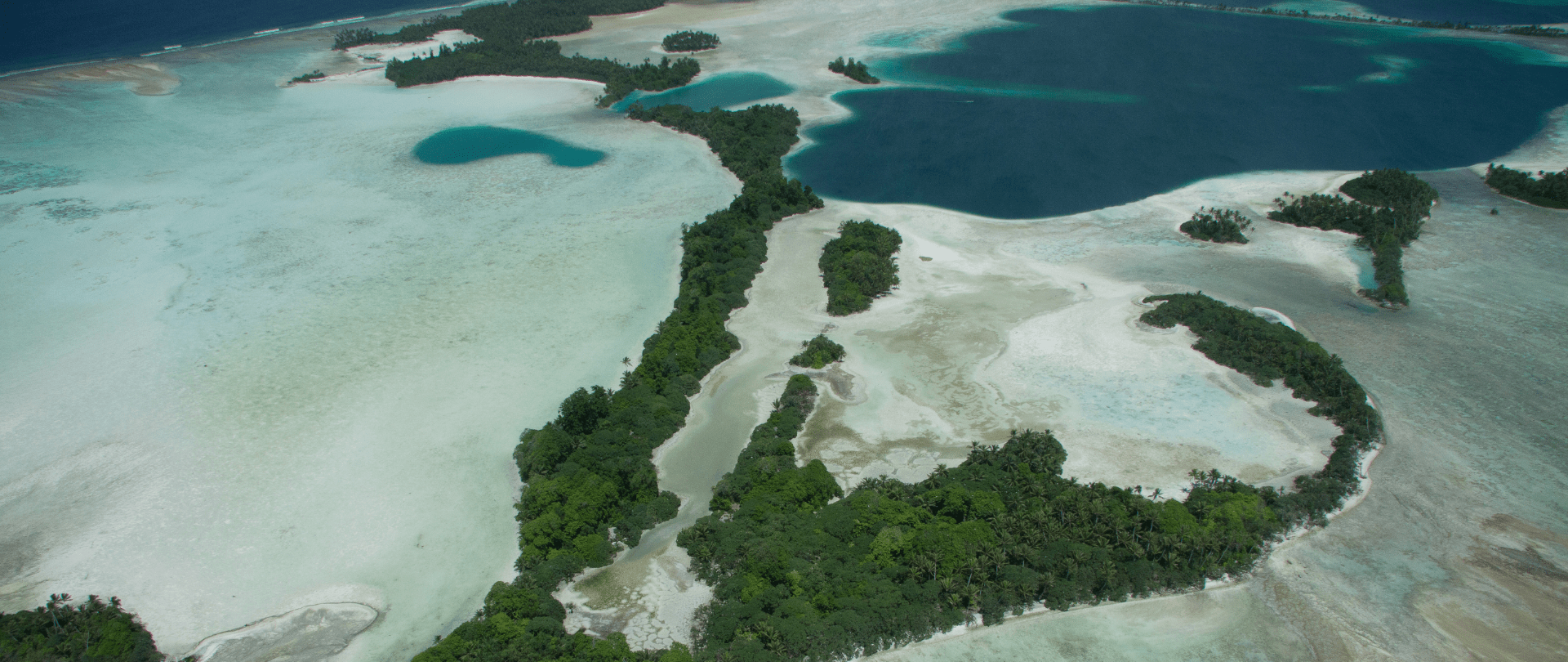
September 5, 2024
With sea levels on the rise, how are the coastlines of islands transforming? Read on to find out how dynamic islands really are!
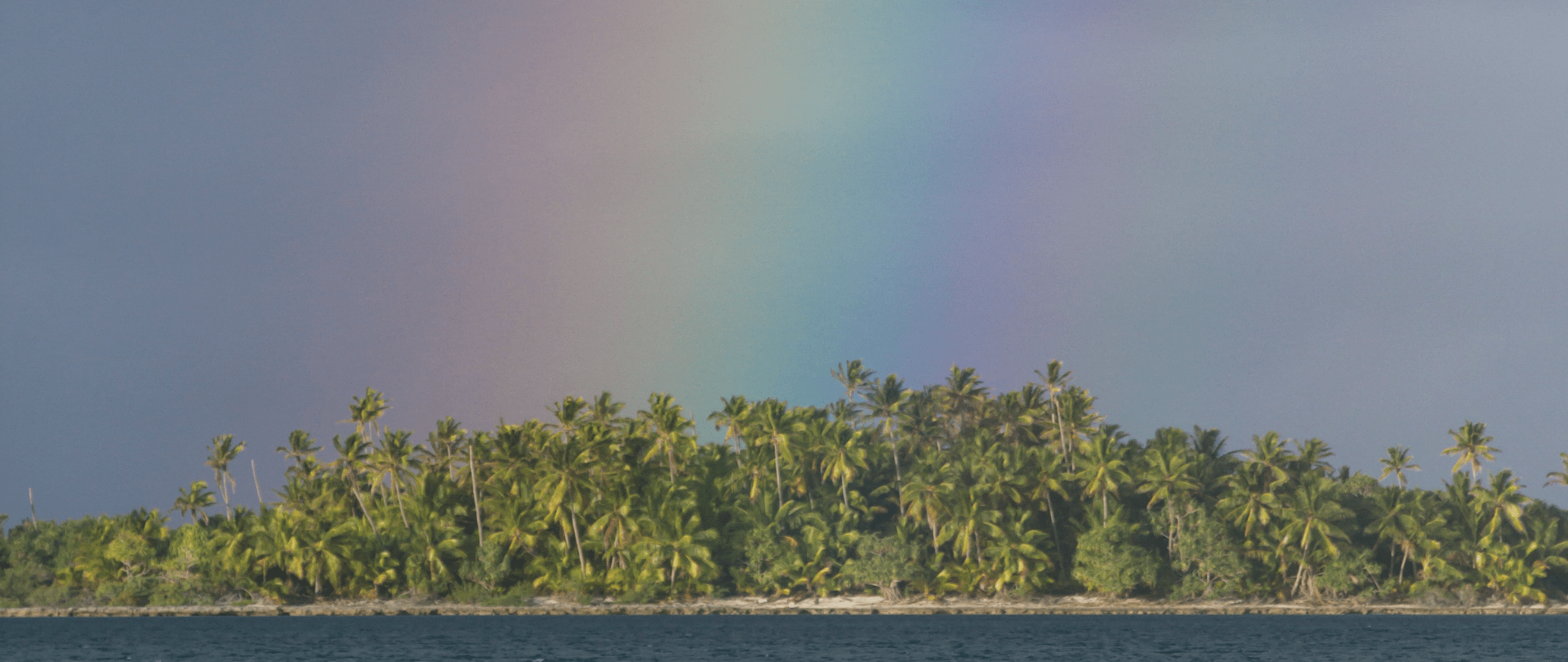
March 18, 2024
Island Conservation turns 30! Three decades of work add up to an immeasurable number of positive impacts.

December 14, 2023
Join us in celebrating the most amazing sights from around the world by checking out these fantastic conservation photos!